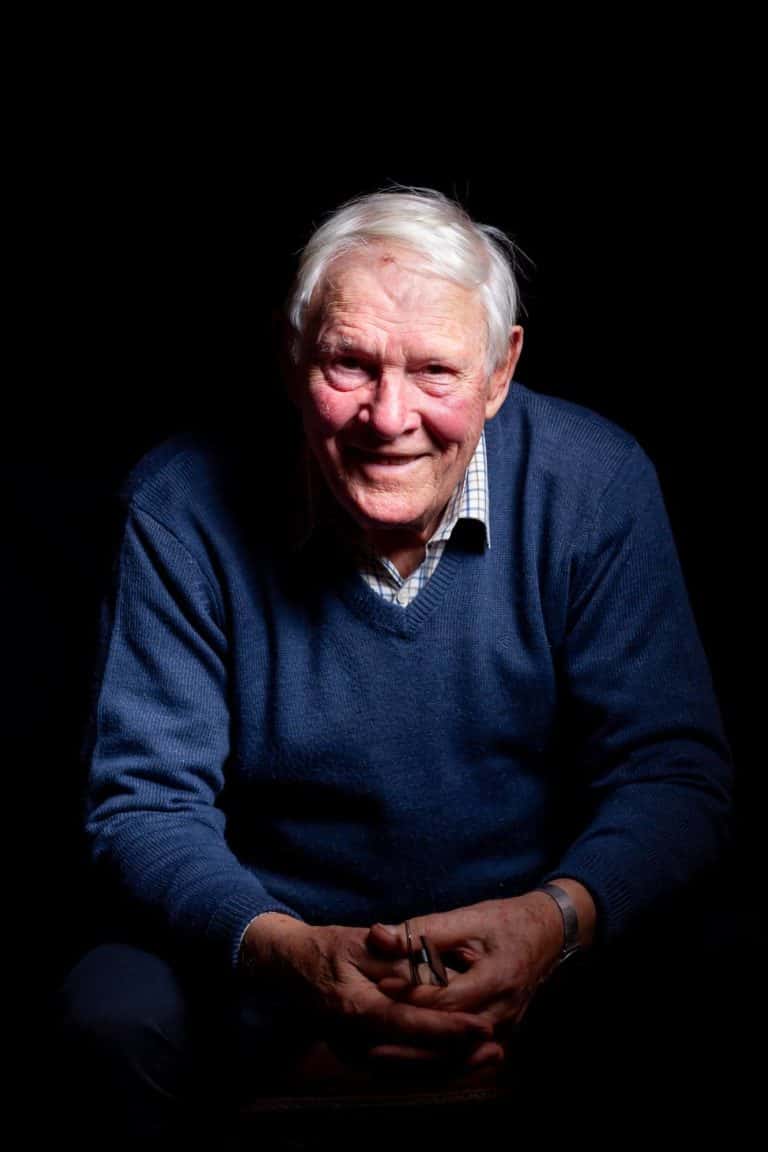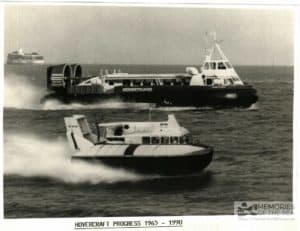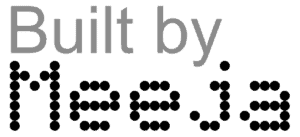Peter Hedley on Shipbuilding
On the East Cowes side, all the plate work was done, the hull of the ship was built on the ways. They had four sets of ways there so that they could be working on four ships at a time and they were really limited to the length of the ship because of course it had to be slid down the ways and not hit the West Cowes side when it was launched and for this purpose they put big drag chains on so as it slid down the ways, these huge lumps of chain dragged along the ground and held her back from speeding up too quickly.
Um, she was also on ropes etc. but, and turned as she hit the, well just over the half way line and she was fully afloat. They then turned her round in the river and brought her in to the West Cowes side, but some of the ships were almost too long and they did angle some of the ways to make sure that they weren’t 90 degrees across the river but angled to give them extra length for the launch.
That was all done on the East Cowes side and riveting went on all night, unbelievably. You wouldn’t get that today. The noise of the plate work and the riveting went on and everybody realised that it was their livelihood of course. Then of course they came to the West Cowes side, where we built the boilers, the condensers, the turbines and all the items for the ship, the pipework, the electrics.
The guns were all brought over but of course, what was against Samuel Whites was that everything had to be brought from the Mainland in, they had some little ships that brought them over but all the plating, all the rivets, everything, had to be brought over and it was another cost against building the ships.
The Admiralty then withdrew their sponsorship on us building for them and Sir James Milne, who was our Managing Director, he then had to try to break into the commercial world and we built the ‘Susan Constant’, she was a cargo vessel and as I mentioned, three or four, or four of the Trinity House ships.
There was also a boat-building area where we built lifeboats, or lifeboats were built.







